We include products in articles we think are useful for our readers. If you buy products or services through links on our website, we may earn a small commission.
Examples of 12 Powerful Intentions to Transform Your Life

Intentions are the threads that weave our aspirations into our reality. And they’re much more than just thoughts and desires. Intentions are commitments that align deep values with effective processes. The most potent intentions have an almost magical power to promote personal growth, career goals, and overall well-being.
In this article, we’ll explore 12 examples of intentions with step-by-step directions to help you become a more active and empowered participant in the unfolding of your life.
Table of Contents
What are Intentions?
Intentions are a combination of values and practices that you undertake in order to achieve certain goals. In other words, intentions are processes.
Goals on their own are pretty easy to measure from the outside. But intentions are mostly measured by the person practicing them, even if the results of the intentions are experienced by others.
Intentions bring balance and keep you grounded as you pursue your goals–while at the same time, making it more likely that you’ll achieve them.
For many people, these examples of intentions bring a deeper and more durable sense of wholeness and well-being than outward achievements.
The Science of Intentions
The science behind setting intentions is based on a concept called neuroplasticity, the ability of our thoughts, actions, and experiences to reshape our brain structure.
It works like this: The brain is composed of complex circuits called ‘neural pathways.’
These circuits are like freeways of nerve cells that transmit messages. The more often you use a pathway the more likely you are to use it again–it’s a self-reinforcing process. [2]
By naming and living new positive intentions, you are rerouting and building new pathways corresponding to healthier and more beneficial thoughts, feelings, and actions.
1. I will be open-minded

Being open-minded means questioning your knee-jerk beliefs, judgments, and criticisms.
Most of our rigid, reactive ways of thinking about things are simply self-protective mechanisms. You can feel it in your body–that constriction when you hear or see something that seems threatening, and the automatic thought/story that pops up to soothe you into safety.
Of course, we all want to feel safe and secure, but closing down to others has a major cost in terms of connection, growth, and vitality.
Next time you feel that automatic shut-down, judgment, or criticism response, ask yourself:
- What am I afraid of?
- How much do I really know about the person, topic, event, etc.?
Staying open doesn’t mean just accepting everything that comes at you. But it does give you the opportunity to connect, learn, and grow in new ways.
Here are a few of the benefits of being open-minded:
- Gain insight. Challenging your existing beliefs and considering new ideas can give you fresh insights into the world and also teach you new things about yourself.
- Have new experiences. Being open to other ideas can also open you up to trying new things.
- Achieve personal growth. Keeping an open mind can help you grow as a person. You learn new things about the world and the people around you.
- Become mentally strong. Staying open to new ideas and experiences can help you become a stronger, more vibrant person. Your experiences and knowledge continue to build on one another.
- Feel more optimistic. One of the problems with staying closed-minded is that it often leads to a greater sense of negativity. Being open can help inspire a more optimistic attitude toward life and the future.
- Learn new things. It’s hard to keep learning when you surround yourself with the same old ideas. Pushing your boundaries and reaching out to people with different perspectives and experiences can help keep your mind fresh.
2. I will visualize it

You may have heard of the practice of “Visualizing” or “Manifesting.” And maybe you’ve written it off as a bit too wuwu for you–ome approaches certainly are.
However, there are countless examples of elite athletes like Lebron James and Michael Phelps and successful actors like Will Smith and Jim Carrey who attribute a great deal of their success to visualization practices.
Visualization is a practice where you imagine what you want to achieve in the future as if it were true today.
To do this, you use all five senses: sight, smell, touch, taste, and hearing.
This process plants the end goal in your subconscious. It’s a way to seed your awareness. Once you’ve planted the seed, your conscious awareness will be drawn to parts of reality that correspond or “resonate” with your end goal.
This approach is based on the psychological principle that we see what we’re looking for. If you don’t believe me, check out the video below:
There are two parts to a successful visualization practice. Using them together will yield the best result.
(1) Outcome visualization: where you experience the desired end-point
(2) Process visualization: using your five senses to experience every step along the way
5 step visualization technique
Here’s a quick step-by-step guide for successful visualization that you can use right now!
- Describe what you want in detail by writing it down while engaging all 5 senses.
Keep adding to the details until it feels as if you are living the experience. - Imagine feeling the emotions associated with the outcome. Feeling the accomplishment as emotions and bodily sensations is the key to believing, on the level of your nervous system, that your goal can be reality.
- Get practical. Imagine completing the small, tedious tasks that will help you reach your larger goals.
- Make time to visualize consistently. Twice daily for a total of 10 minutes is all it takes for most people to tend to the seeds of visualization. The best times are when your mind is soft and open–right before sleep, and right when you wake up.
3. I Will Befriend my Pain: Pain + Reflection = Progress
One of the adages Dr. Kiltz lives by is that failure is fertile. Sometimes when we push ourselves, we fall, and sometimes we break through.
When we fall we need to do more than pick ourselves up. We need to reflect.
Failing is pretty much always painful. But that pain is of vital importance. When we confront pain, we have a choice: accept and explore, or avoid it and live in delusion. Many of us take the easy road by avoiding reflection and accountability. The easy road squanders important opportunities for growth.
The hard road is embracing the pain, examining your mistakes, and shining a light on your blind spots.
People who succeed in life learn to take risks, accept that they’ll fall, and embrace pain. They know that failures are fertile and make them better. The path of embracing pain isn’t easy, but it is a choice that you can make.
Don’t be afraid to confront your painful moments, be open about your weaknesses, and strive to improve yourself; it’s the only way to truly achieve greatness in life.
Gary Gensler, the guy who runs Bridgewater, the world’s largest hedge fund, and who coined the Pain + Reflection = Progress equation, recommends a two-step practice you can do with pain.
- The puzzle: Ask, What would I do in the future to not make that mistake?
- The gem: Write down the answer.
4. I will Practice Active Patience!
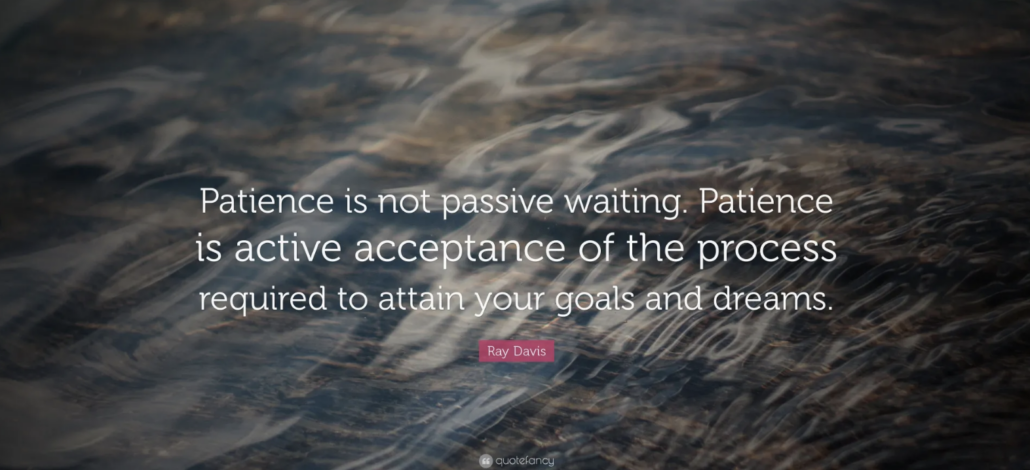
The good things in our lives seem to be a combination of action, time, and a bit of luck.
Taking action over time is in our control. When we sow and tend the seeds of change through our positive, beneficial actions, we increase the surface area for luck to alight in on lives.
But it’s still a matter of time. Results, change, and growth all take time to show up and take root.
Time, for most people, means waiting, boredom, discomfort, and frustration. But that’s only when we’re in a passive mode of patience.
Passive patience is a feeling that the world owes you something, and if it doesn’t give it to you, you get resentful and angry. No offense, but living in helpless resentment is being a baby.
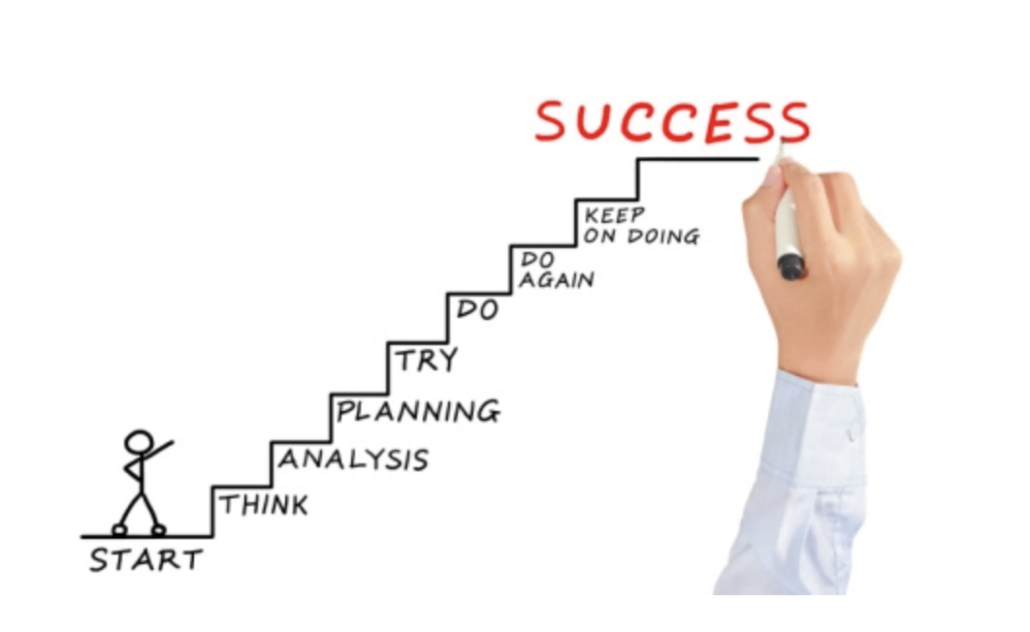
And if you’re reading this, chances are you’re an adult, with a lot of self-agency.
- Passive patience says: “This is boring. Nothing good happens to me. This is too hard. The world owes this to me. There’s nothing to be excited about. I’m helpless.”
- Active patience says: “It’s ok to slow down. What are my values and goals? What’s the next step right in front of me that I can take to get me closer to my values and goals? There is no reason to give up. Timing is out of my control, but when I let go of helplessness, the process itself is splendid.”
Here are a few actionable examples of active patience:
- Cleaning all the processed junk food out of your cupboard so you’re not sucked into the cycle of carb/food addiction, leptin resistance, lethargy, self-hatred
- Stocking up on whole, animal-based foods so when you’re hungry, you can easily reach for food that nourishes your mind, body, and soul
- Schedule a brisk walk every day this week. Put it in your calendar and set an alert.
- Practice gratitude–write down three things you’re thankful for, three days this week.
- Practice positive self-talk
- Try mindfulness meditation
5. I will embrace imperfection! Wabi Sabi, Baby!
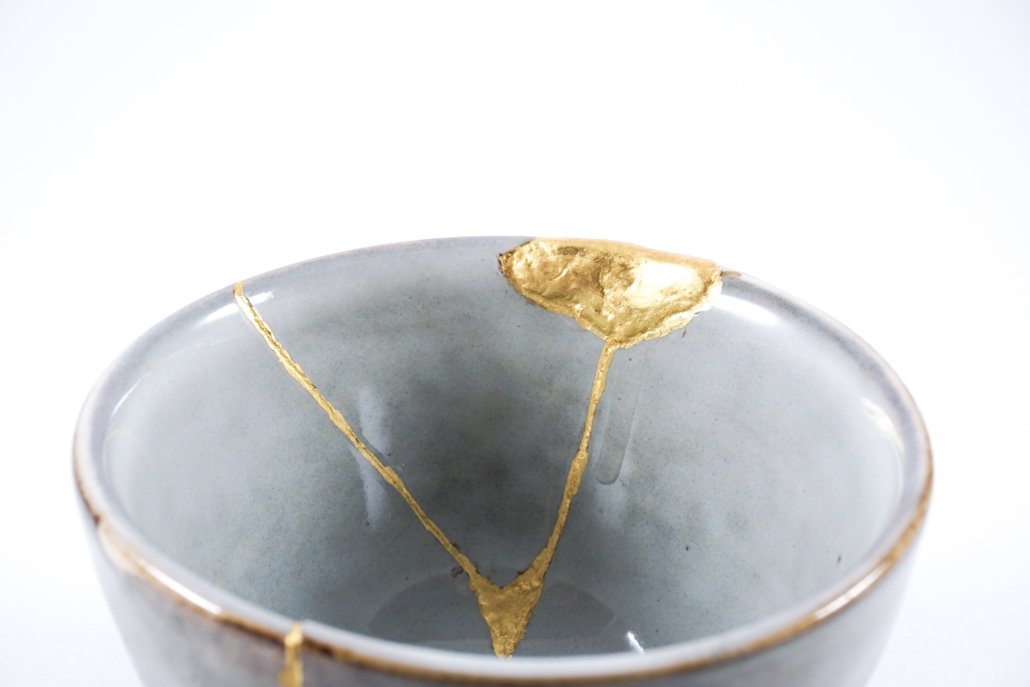
We are all imperfect, impermanent, and incomplete.
If we can’t embrace those facts, we can’t truly embrace ourselves or one another.
This example of an intention is all about honoring our imperfections!
This orientation towards life is captured by the Japanese term Wabi Sabi, which is about finding beauty in imperfection. A beauty that’s often exemplified in the cracks and the imperfect shapes of handmade pottery.
It’s a beauty that begins with the acceptance that not everything is in our control, and releasing shame, judgment, and anger towards ourselves for not controlling everything.
But the acceptance at the heart of Wabi-Sabi isn’t about making excuses and perpetuating harmful lifestyle choices and habits. It’s about switching our focus from what’s wrong to what’s important.
Instead of stressing over every little detail and shaming ourselves towards some ideal of perfection, focus on your values and look for the beauty in simply living in alignment with yourself. Which is what all these examples are intentions are about anyway.
When you know what you value and you can aim for it, no matter what you do, you win.
Done will always be better than perfect. Because what you’re doing is learning and growing while deepening your alignment with yourself.
So go forth and take action. Learn as you go. As Dr. Kiltz often says, “Fertilize your life with a little ‘failure.’” While recognizing that the only true failure is not trying.
6. I will connect with the people I admire
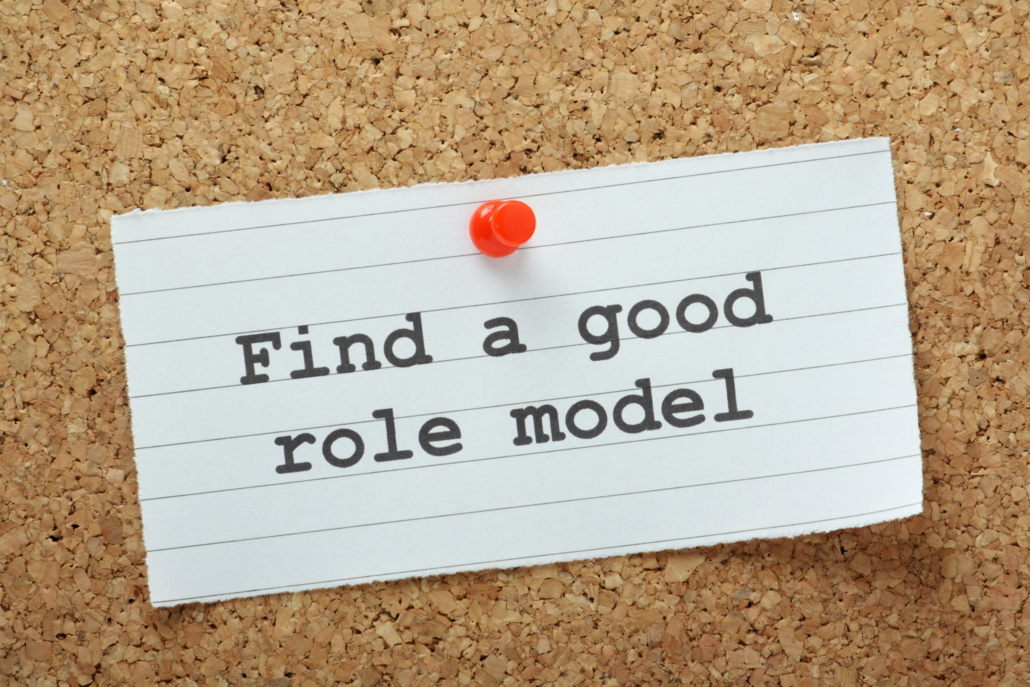
We’re never too old or too accomplished to have role models–which is just another term for people we admire.
Role models magnetize our values and exemplify the kinds of people we want to be, while revealing paths to get there.
Role models don’t have to be rich, famous, or powerful. They can be exemplars of patience, care, compassion, and creativity.
Connecting with the people you admire simply means making some intentional space and time to reflect on them, their qualities, and how you can live in alignment with the things about them that inspire you.
- If they’re creative people, take some time to enjoy their work.
- If they’re someone you know, let them know what you value about them and how much they mean to you.
- If they’ve accomplished something in a realm that you would like to find success in, investigate how they got there.
There’s a magic to focusing our minds and imaginations on people we admire, and it has to do with how deeply people influence one another.
In an astonishing analysis of the Framingham Heart Study- one of the longest-running health studies- researchers discovered that individual experiences are seemingly remarkably contagious. In this case, they tracked obesity because it was easy to quantify.7
According to the researchers, if a friend of yours becomes obese, you are 45 percent more likely than chance to gain weight over the next two to four years.
More surprisingly, however, Christakis and Fowler found that if a friend of your friend becomes obese, your likelihood of gaining weight increases by about 20 percent — even if you don’t know that friend of a friend!
The effect continues one more person out. If a friend of the friend of your friend develops obesity, you are still 10 percent more likely than a random chance to gain weight as well.
Of course, it’s entirely possible to have lots of body fat and be healthy–this isn’t about fat shaming. On the other hand, obesity in America is often a symptom of poor diet and lifestyle.
So, choose your social interactions and influences wisely.
7. I Will Forgive Myself
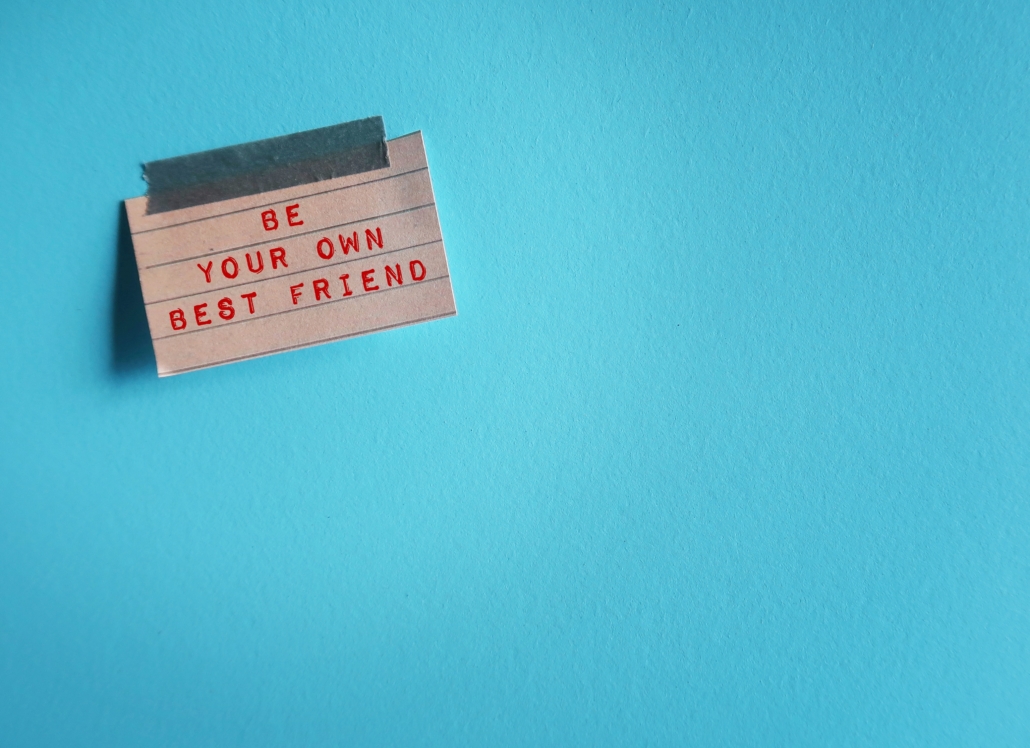
Making changes and building habits that help us heal, grow, and transform requires an abundance of vitality and energy.
Yet often, our access to our own wellspring of life force is blocked by harsh feelings that we hold towards ourselves, like shame and guilt.
It’s okay to feel bad when we’ve done things outside our standards of morality and values. But continuously beating ourselves up about them isn’t a path to true accountability and change.
Like any transformative action, forgiving yourself is a process with clear, repeatable steps. Think of it as a psychological workout that tones your emotional body, just as intentional movement tones your physical body.
This intention entails examples of at least 6 other intentions that all support the main goal of constructive self-forgiveness.
Step 1: Affirm Your Ability to Forgive Yourself
Returning to memories of negative experiences can be super uncomfortable. Most often, we mentally run the other direction into soothing and distraction. To get to self-forgiveness, it’s important to tell yourself, “I believe in my ability to get better. To change and improve, while recognizing that I’m flawed just like everybody else.”
Step 2: Treat Yourself Like You Treat Your Best Friend
You’re human; you make mistakes, just like your best friend. But do you love them less for it? I bet you step up to support them when they’re going through it. Can you find that pleasure in supporting yourself in the same way? Making mistakes is what makes us human. Remember, there’s a big difference between saying, “Whoa, that sucked that I did that,” and “I suck.”
Step 3: Write or Talk it Out
Going over the incident in writing can help you stop ruminating on it. And you can see more angles to the situation other than the ones that guilt and shame fixate on. If you share your writing with a trusted friend, mentor, or therapist, you may benefit from their perspective, which usually begins with something like, “Don’t be so harsh on yourself.”
Step 4: Let Go of Perfectionism
Ask yourself, “Was my mistake grounded in reality or my perfectionism? Am I expecting to be a mind-reader, to be flawless, perfect, superhuman?”
Step 5: Try to Make Amends
Self-punishment digs the pit of guilt deeper. Remember that mistakes are opportunities to grow. Emotional maturity comes from getting super accountable, being honest to yourself or to another about your role in a negative situation, and committing to doing differently in the future.
Step 6: Speak Kindly to Yourself And Others
There’s a Hawaiian process of reconciliation called ho’oponopono that takes on the quality of a mantra–a phrase that you repeat over and over. In this case, towards yourself: “I’m sorry. Please forgive me. Thank you. I love you.”
Life is too short to hold grudges, especially towards ourselves. This and every day is a miracle. Let’s honor this miracle by being more honest, understanding, and forgiving towards ourselves.
8. I will be courageous in everything I do
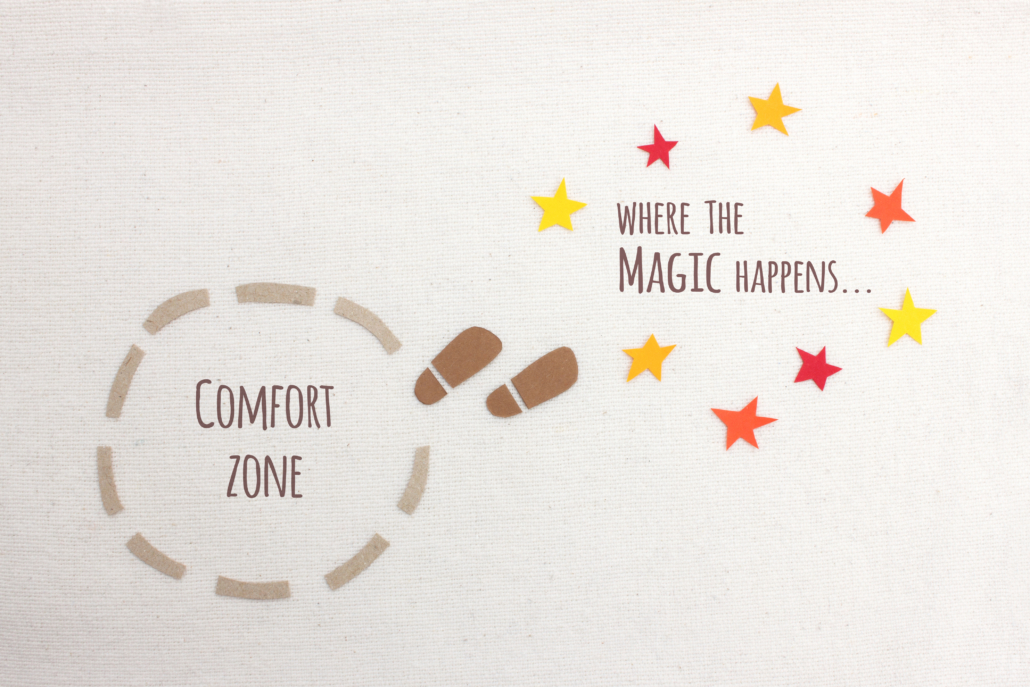
Most people think courage means armoring up and doing battle.
But most of us aren’t fighting on a literal battlefield; we’re just living our lives with our families, friends, co-workers, and clients.
For most of us, the most courageous thing we can do is to take the armor off.
This means noticing and relaxing the parts of ourselves that always need to feel in control, that need to be right, impressive, better than, etc. All the parts that try to make us “invulnerable.”
For this example of an intention, see what happens if you get a bit more curious towards yourself and others, more compassionate, and flexed some empathy.
Courage is the most important of all the virtues because without courage, you can’t practice any other virtue consistently.
-Maya Angelou
Here are three strategies for being a more courageous leader in every part of your life:
- Name the issue. It’s a tough conversation, but clear is kind: I’d like to work on my curiosity and openness. I’m often quick with answers, which can be helpful, but not as helpful as having the right questions, which is how I will grow as a leader, partner, parent, colleague, and friend.
- Use positive self-talk. When you’re kind to yourself, it’s easier to be more open and kind with others, and to value situations that will help you grow.
Here are examples of ways to flip your internal self-talk script:
Negative: If I change my mind, everyone will get mad at me.
Positive: I am allowed to change my mind. Others will understand, and if they don’t, I can explain what feelings led me to this change.
Negative: I failed, I’m embarrassed, and I suck.
Positive: I’m proud of myself for stepping up to the challenge. That was courageous, and though failure can hurt, let’s focus on what I learned, how I wouldn’t have learned this any other way, and what I can take with me when I try again.
- Get comfortable with being uncomfortable.
American writer and self-improvement pioneer Dale Carnegie once said, “Do the thing you fear to do and keep on doing it…that is the quickest and surest way ever yet discovered to conquer fear.”
So if you’re afraid of being alone, for example, go see a movie by yourself. If you want to be even braver, take a solo trip.
The best way to become fearless is to put yourself in situations that intimidate you. Once you do them despite being afraid, fear will lose power over you.
“Courage is a heart word. The root of the word courage is cor – the Latin word for heart. In one of its earliest forms, the word courage meant “To speak one’s mind by telling all one’s heart.” Over time, this definition has changed, and today, we typically associate courage with heroic and brave deeds. But in my opinion, this definition fails to recognize the inner strength and level of commitment required for us to speak honestly and openly about who we are and our experiences — good and bad. Speaking from our hearts is what I think of as “ordinary courage.”
-Brene Brown
9. I will make and keep healthy boundaries
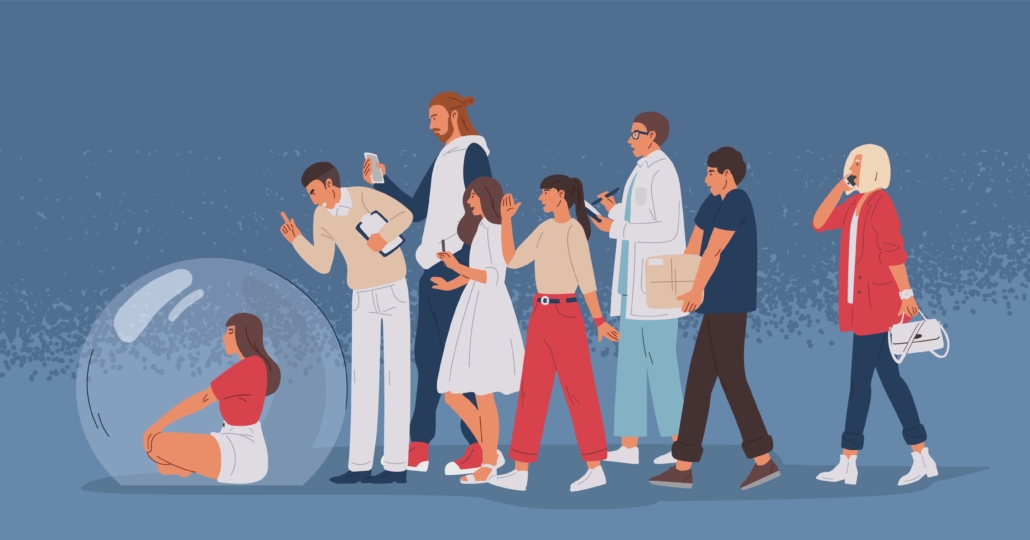
Many of us think we have to do it all and do it all perfectly. This makes us say “yes” when really we want to say “no.”
“Yes” is easier than dealing with our own complex feelings of guilt and shame if we were to say no.
As social psychologist Brene Brown so aptly points out, “Saying no cues a chorus of inner shame gremlins: “Who do you think you are?” “You’re not a very caring [mother/father/husband/wife/friend/colleague].”
But, saying “no” to things you don’t actually want to do, is saying “yes” to yourself. Saying no is the first step towards making space for you to cultivate the creativity, goals, and relationships that are truly important to you.“Look, my life is centered on helping people grow their families and reclaim their health and wellness. For me, this is both a spiritual and professional calling. But I wouldn’t be able to do this work if I didn’t insist on time to create and recharge. I paint, make pottery, read, relax, move my body, and enjoy delicious home-cooked carnivore diet meals. These “me” moments are what give me the energy to stay on my feet with patients and connect with my carnivore community for more hours every week than I can even count.”
-Dr. Robert Kiltz
To make boundaries, it’s important to rehearse–give this a shot right now: Say, to no one in particular, “I can’t take that on” or “My plate is full.”
10. I will ask myself, What kind of person do I want to be today?
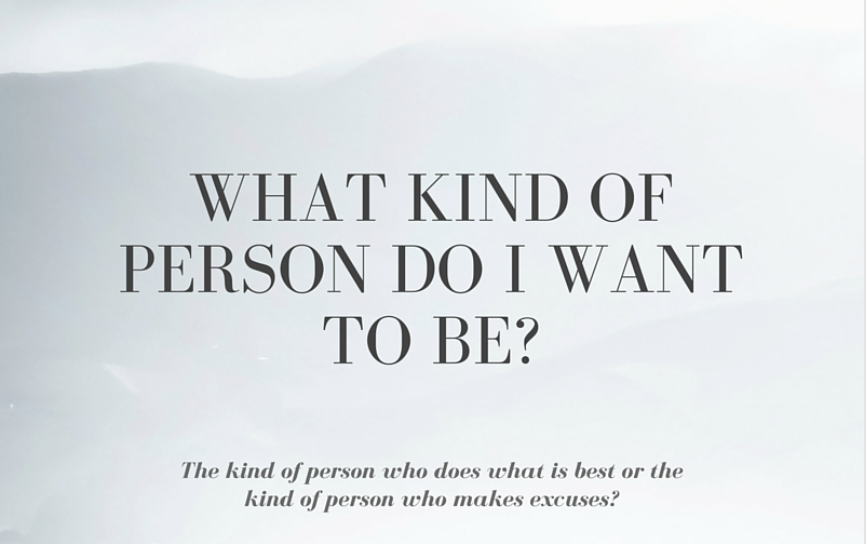
Asking this simple question (over and over again) is the doorway to a life lived in alignment with your values. This brings the deepest kind of internal and external harmony and satisfaction.
When we have a mental model of how we want to be (brave, kind, patient, empathic, helpful, patient, loving), we can hold that against our reactive knee-jerk responses, which are often protective, competitive, anxious, selfish, aggressive, punishing.
Tending that sliver of space between how we want to be and how we’re acting in the moment is key to major personal transformation.
When you ask yourself, “What kind of person do I want to be? You’re actually asking a bunch of the deepest questions:
- “What kind of world do I want to live in?”
- “What kind of legacy do I want to leave?”
- “How do I want my kids to behave?”
- “What are my core values?”
- “Am I being honest with myself?”
- “Am I reliable?”
All of these questions stem from how our actions resonate with our values in each moment. Asking yourself, “What kind of person do I want to be?” helps us align with our values.
11. I will ask better questions
What makes a question better?
A good question will expose our bias.
A good question will surface our belief.
A good question will make space for someone to feel seen and heard by you, and to better see and hear themselves.
You can start asking better questions with words such as “what,” “how,” “why,” “tell me about “, “describe to me…”.
But even open-ended questions can use some tweaks to open them up even more.
Replace “do” with “can”:
Why do I procrastinate?
How can I get this done?
Replace should with “could”
How should we do this?
How could we do this?
Though the words of the question are important, so is the way you listen to the answer. Listen to hear and feel the other person.
Make a little space. Listen to know and understand the other person, not just to parry and impose your ideas. Listen to connect.
The art of asking better questions is equally the art of better listening. Watch what happens when you put these two skills together, watch how people open up to you and trust you, and maybe even become more receptive to your views, when it comes time to share them.
12. I will make and keep SMALL promises to myself
Since all intentions are commitments or promises, this one is an example of a meta-intention.
Making and keeping small promises is a way to overcome procrastination and “analysis paralysis” in any area of our lives.
Procrastination is a normal way for the brain to protect us from the unknown. The brain wants our lives to be predictable because predictable is safe–even when our “safe” patterns are making us miserable.
To overcome procrastination/analysis paralysis we need to work together with our brain and our nervous system so that we feel safe and open to change. This is where making and keeping small promises comes into play.
Here’s how to do it
- Choose promises that take only 10 minutes or less
- Choose something that you enjoy–even if just a little bit
- Choose something that fits easily into your schedule
- Do the same promise every day
- Keep the promise for at least 30 DAYS!
Here are some examples
- 10 minutes of breathwork
- 10 minutes of gratitude journalling
- 10 minutes of earthing/grounding
- 10 minutes of yoga
- Getting sun for 5 minutes in the morning and 5 minutes before sunset
- A vigorous walk around the block
- 10 minutes of mindfulness meditation
Examples of Intentions: The Bottom Line
These 12 examples of intentions are actionable blueprints that will help you take control of your destiny and live a life that aligns with your core values and makes use of your greatest talents.
Try practicing one of these intentions at a time for at least a week. Remember that learning = repetition over time.
Intentions help you find satisfaction in the process while getting you closer to your goals.




















